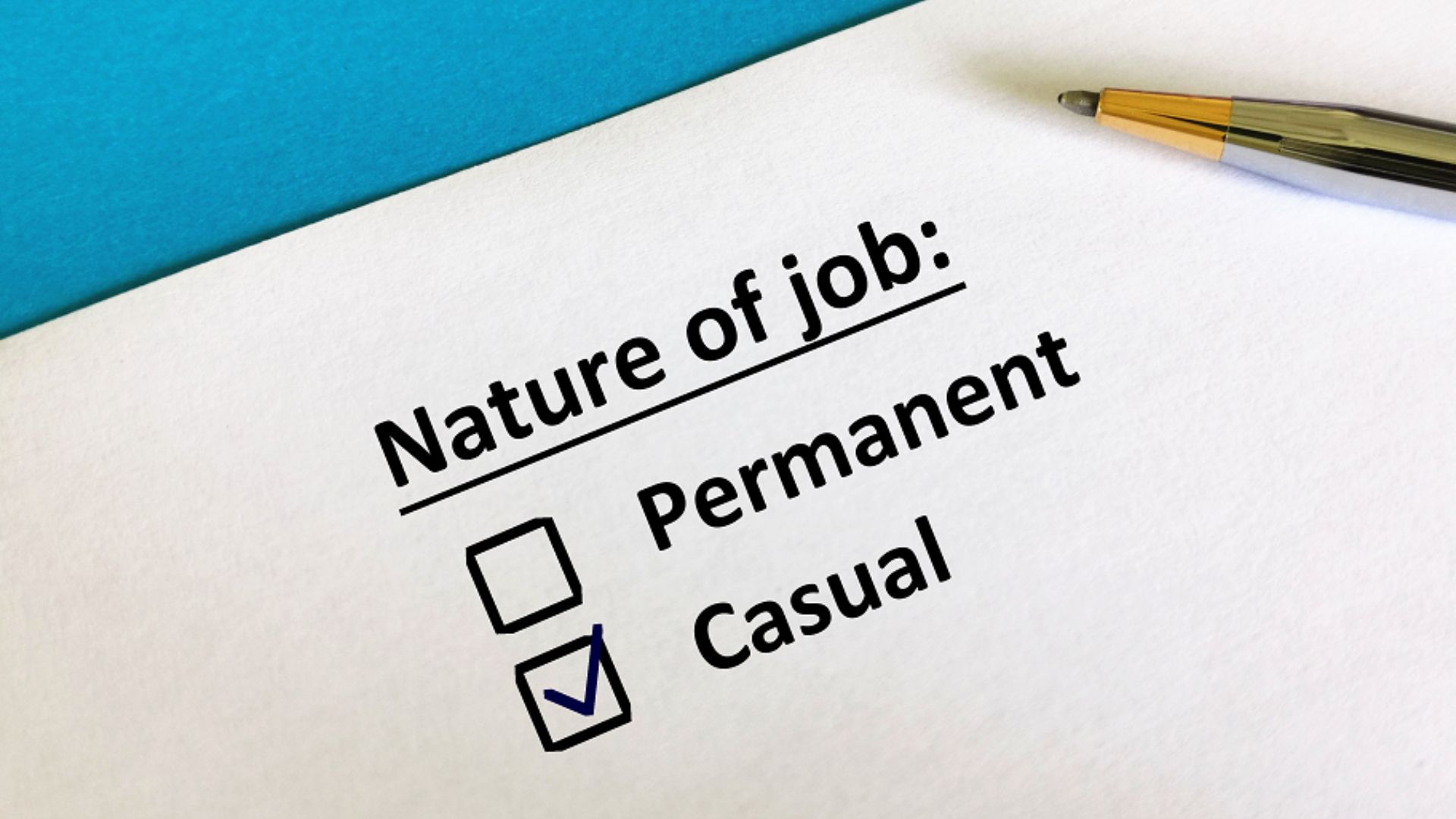Many aspiring first home buyers have different views on what the minimum deposit requirements are before they can successfully purchase their first home. Many believe that a minimum of 10% or 20% of the property purchase price is required in the form of a minimum deposit. However, at FHBA Mortgages we can confirm this isn’t the case. Below, we take a look a the minimum deposit requirements for first home buyers and the differences between the various deposit levels.
Disclaimer: Please note our website, including this article, is in no shape or form designed to replace the need to obtain professional advice from experts such as Mortgage Brokers. All information on our website is general & factual in nature and should not be relied upon. In particular, we wish to remind you that the information in this article is not designed to replace advice. Please visit our website’s Terms & Conditions for more information. To speak with a licensed Lending Adviser please click here.
The size of your first home deposit is important due to a range of factors. Some of these factors include:
- The interest rate
- Your borrowing capacity
- Lenders Mortgage Insurance (LMI) – click here for your guide to LMI
- The number of options (i.e. products/lenders) available to choose from
- Genuine Savings
- Use of the First Home Owners Grant (FHOG)
Generally speaking, the minimum deposit requirement is 5% + costs for first home buyers. However, there are instances where you get your first home loan without the need for a deposit. We take a look and compare each deposit level below:
20% Deposit
Most lenders require a deposit of 20% if you are looking to avoid LMI and get some of the better products in the home loan market. See below for more information on how a 20% deposit (80% loan) fares in each of the below categories:
- Interest Rates – First home buyers will be eligible for the best interest rates on the market with a 20% deposit
- Borrowing capacity – Lenders will generally not have any restrictions on the borrowing capacity and will lend you the maximum possible when you have a deposit 20% or more
- LMI – LMI will not be payable if you have a deposit of 20%
- Number of options – As all lenders prefer buyers with 20% + deposits there are thousands of products to choose from
- Genuine Savings – All lenders don’t need genuine savings (i.e. evidence that you have saved your deposit over time) when lending 80 %, the savings can come from a gift or proceeds from elsewhere
- FHOG – All lenders will allow the FHOG to form part of the 20% deposit
Many factors need to be considered when deciding the best deposit level to buy your first home with
15% Deposit
Unfortunately, when you buy with a 15% deposit, the loan products and their features aren’t quite as desirable, however, most lenders will still give you their lowest rates. See below for more information how a 15% deposit (85% loan) fares in each of the below categories:
- Interest Rates – Most lenders will give similar rates to those buyers with a 20% deposit
- Borrowing capacity – Lenders will generally not have any restrictions on the borrowing capacity and will lend you the maximum possible when you have a deposit 15%
- LMI – Every lender apart from one will apply LMI. The one lender waiving LMI does have special conditions that need to be met. All lenders will allow LMI to be capitalised onto the loan
- Number of options – There are only a few lenders that don’t allow borrowers to exceed 80% in lending, especially those offering specialist low doc loans
- Genuine Savings – Most lenders don’t require genuine savings to be held if you have a 15% deposit, however a few of the major lenders will require this.
- FHOG – All lenders will allow the FHOG to form part of the 20% deposit
10% Deposit
The majority of first home buyers will have to pay LMI when borrowing 90% of the property value and some lenders have different rules and rates for 10% deposit products. See below for more information how a 10% (90% loan) deposit fares in each of the below categories:
- Interest Rates – Most lenders have tiered rates where they increase once the deposit size is 10% or less. The bigger lenders will also provide lower discounts on their packaged products
- Borrowing capacity – Whilst most of the larger lenders won’t restrict the servicing of your loan, some lenders do require you to have a higher discretionary/surplus income because they are taking on extra risk
- LMI – Every lender will charge LMI (which can be added to the loan). The only exception applies where a first home buyer is a medical professional, accountant or lawyer, some lenders will waive the LMI requirement
- Number of options – The big 4 banks and the majority of smaller lenders will allow borrowers to borrow with 10% and capitalise LMI onto the loan, so there will be no shortage of options
- Genuine Savings – Certain professions (mentioned above) won’t need to show genuine savings, however, a large proportion of lenders will require genuine savings or a rental ledger showing you can make your repayments on time. Some lenders that won’t require genuine savings where you have a 10% deposit are still available!
- FHOG – Whilst most lenders will allow the FHOG to form part of the 10% deposit, it is best to check this first!
Professionals such as doctors will qualify for special products even with a deposit of less than 20%
5% Deposit
Unfortunately, only a small proportion of lenders will allow first home buyers to borrow 95% of the property and capitalise LMI on top of the 95% lending. See below for more information how a 5% deposit (95% loan) fares in each of the below categories:
- Interest Rates – Where lenders allow a 95% loan, interest rates tend to be higher. However, fixed rates may still be the same for all deposit levels, but variable rates to tend to differ significantly
- Borrowing capacity – Almost half of the lenders allowing 95% lending will require higher income than if you were borrowing less than 95% of the property value
- LMI – Every lender will charge LMI (which can be added to the loan) at this level of borrowing. LMI will be at the highest level where a first home buyer only has a 5% deposit – all lenders will allow this to be capitalised to levels such as 97%, 98% and 99.99% of the property value
- Number of options – The big 4 banks won’t entertain 95% + LMI loans (apart from ANZ Bank – special conditions apply). Only the mid-tier and smaller lenders will consider these loans
- Genuine Savings – The majority of the lenders that allow lending with a 5% deposit will either want to see 5% genuine savings or a satisfactory rental ledger. Surprisingly, some non-genuine savings products do still apply at 95%!
- FHOG – Only a small number of lenders will allow first home buyers to use the FHOG as their deposit. If they are using it then the non-genuine savings product or a rental ledger in lieu of genuine savings will need to be provided
No Deposit (Parent Guarantor/Family Pledge)
A no deposit loan is applicable to those who have parents who are willing to provide a guarantee by using their property as security for your loan – this allows first home buyers to borrow 100% of the property value + costs. See below for more information on how a parent guarantor loan fares in each of the below categories:
- Interest Rates – First home buyers will be eligible for the best interest rates on the market, similar to those with a 20% deposit, due to the extra security provided by the parent’s property
- Borrowing capacity – Lenders will generally not have any restrictions on the borrowing capacity and will lend you the maximum possible as if you had a 20%
- LMI – LMI will not be payable where a first home buyer is using a guarantor
- Number of options – Whilst the big 4 bank lenders will all allow parent guarantees, not all smaller lenders do and some have special conditions
- Genuine Savings – No genuine savings are required by lenders who are offering the no deposit/parent guarantor products
- FHOG – If a first home buyer doesn’t want a 100% loan, they can use the FHOG to reduce their loan amount, and therefore repayments
Which deposit level & lender is best for me?
When it comes to your first home loan, there is a lot of information to digest (as you can see from the above). It is best not to guess about this, talk to an expert at no charge and obligation free.
To talk to a first home buyer expert broker/coach simply click here and we will be in touch within 12 business hours.
Written By,
Taj Singh




